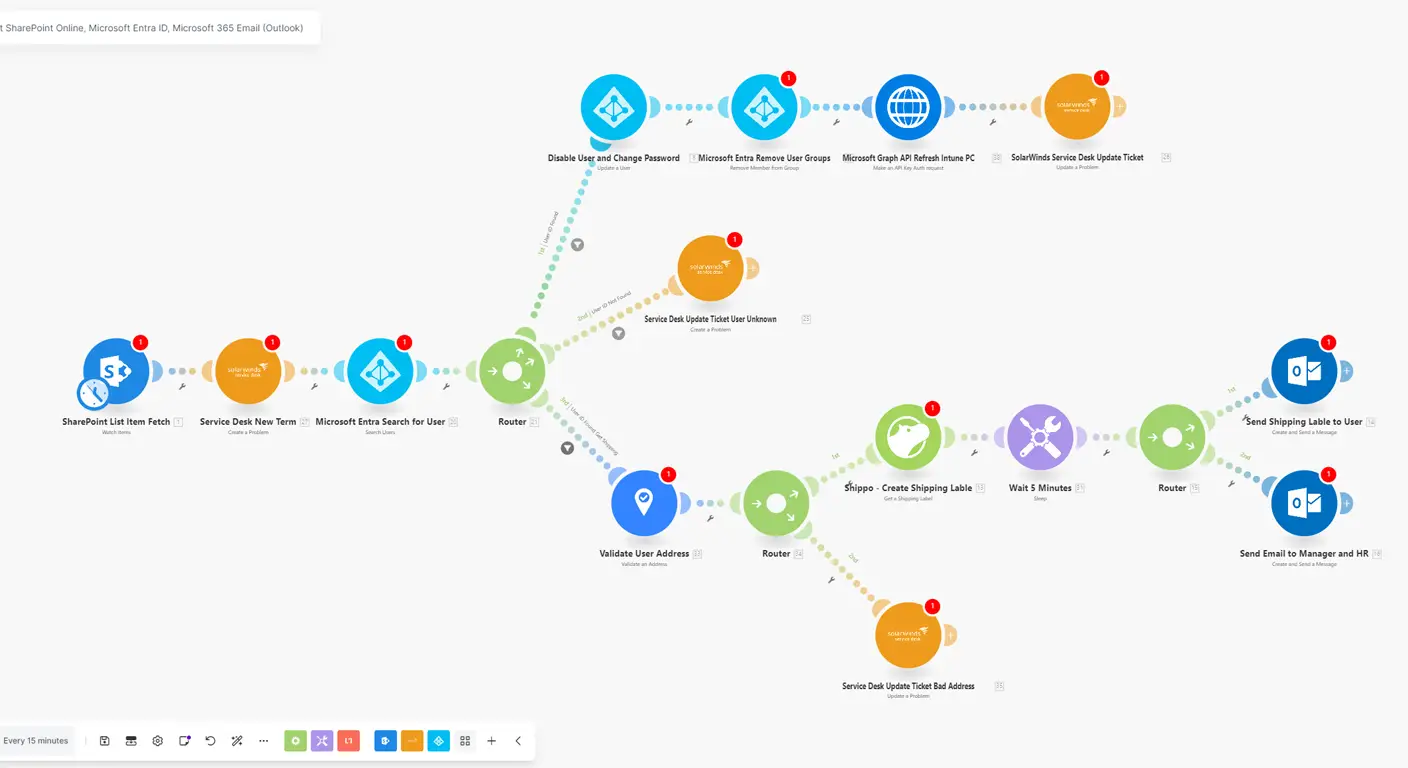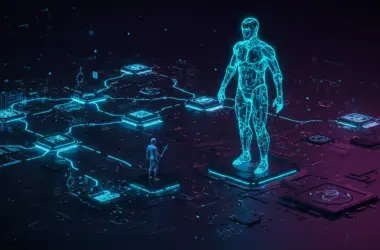In the relentless march of innovation, two groundbreaking technologies are shaping the next frontier of artificial intelligence: Agentic AI and AI Automation. These aren’t just buzzwords; they’re revolutionizing how businesses operate, combining autonomy, creativity, and efficiency to redefine what’s possible. Let’s explore how these technologies work together to create a new era of intelligent systems and automated processes—with a touch of wit and a dash of actionable insights.
What is Agentic AI?
Agentic AI takes automation to the next level, empowering autonomous agents to analyze data, set goals, and take actions—all with minimal human supervision. Unlike traditional AI systems, which largely rely on predefined rules, agentic AI enables near-human cognition in decision-making and adaptability. Think of it as the proactive go-getter of AI, always on the move, always learning, and always improving.
Key technologies driving Agentic AI include:
Large Language Models (LLMs): Powering natural language understanding and interaction.
Machine Learning & Deep Learning: Enabling data analysis and pattern recognition.
Reinforcement Learning: Teaching AI to learn from its actions and optimize decisions.
Agentic AI is action-oriented, focusing on doing rather than merely creating. Picture this: while a generative AI might draft a brilliant marketing campaign, agentic AI autonomously deploys it, analyzes its performance, and tweaks strategies for better outcomes. Together, they’re the dynamic duo businesses didn’t know they needed.
How Does AI Automation Fit In?
AI automation—sometimes referred to as intelligent automation or Enterprise AI—blends the cognitive capabilities of AI with the task-oriented precision of robotic process automation (RPA). This pairing enables end-to-end automation that’s not just about doing things faster but doing them smarter. Think of it as your ultra-efficient digital assistant, capable of handling complex workflows without breaking a sweat.
Key components include:
RPA: Handles repetitive tasks with robotic efficiency.
AI: Adds decision-making and data analysis to the mix.
Business Process Management (BPM): Connects systems and orchestrates workflows.
Together, these elements create a seamless integration of human and machine efforts, paving the way for true cognitive automation.
From Automation to Autonomy: A Symbiotic Relationship
While AI automation focuses on streamlining repetitive tasks, agentic AI brings a level of autonomy that elevates processes to new heights. The synergy between these technologies is where the magic happens. For instance:
Use Cases for Agentic AI:
Customer Service Transformation: Agentic AI autonomously manages customer queries, infers intent, and personalizes responses, creating seamless 24/7 support.
Supply Chain Optimization: It analyzes real-time data to predict disruptions, optimize logistics, and adjust inventory levels.
Financial Decision-Making: It autonomously identifies investment opportunities and executes trades based on market trends.
Healthcare Innovations: Agentic AI recommends treatment plans by analyzing patient data and accelerates drug discovery by identifying potential compounds faster.
Use Cases for AI Automation:
Document Processing: Automating the extraction, validation, and processing of structured and unstructured data, such as invoices and application forms.
Retail Operations: Automating inventory management, price optimization, and personalized customer recommendations.
Manufacturing: Using predictive maintenance to reduce downtime and improve efficiency.
Compliance Monitoring: Automating anti-money laundering (AML) checks and regulatory compliance tasks in financial services.
Challenges and Risks: Keeping It Real
As with any groundbreaking technology, there are pitfalls to navigate:
Transparency: Agentic AI’s decision-making processes can be opaque, raising trust issues.
Data Security: Integrating AI systems with sensitive data increases the risk of breaches.
Ethical Oversight: The autonomy of agentic AI necessitates clear governance to prevent unintended consequences.
Best practices include robust AI governance, human-in-the-loop systems, and rigorous testing to ensure compliance and ethical deployment.
What’s Next?
The fusion of agentic AI and automation is just the beginning. These technologies are set to transform industries by:
Accelerating innovation with scalable, intelligent workflows.
Enhancing customer experiences through hyper-personalized interactions.
Empowering employees by automating mundane tasks and enabling strategic focus.
The future is bright—and a little bit autonomous. But as with any great partnership, success lies in balance: marrying the creativity of generative AI with the action-oriented brilliance of agentic AI.
Conclusion: The evolution from automation to autonomy is not just a technological leap; it’s a paradigm shift. By harnessing the power of agentic AI and AI automation, businesses can unlock unprecedented efficiency, creativity, and adaptability. The question isn’t whether you should adopt these technologies—it’s how soon you can afford not to.
So, are you ready to embrace the agentic revolution? Because the machines certainly are.








